The forays of Chinese aerospace weaponeers into better and more—many more—ballistic missiles, fighter jets, instruments of electronic warfare, and, potentially, near space-based sensor architecture, all generously funded with the deep pockets of the Chinese Communist Party, should alarm security experts and may redefine political and military dynamics in the Asia-Pacific region, according to a U.S. think tank.
In reports published this year and last year and in recent speeches, researchers from the Project 2049 Institute in Washington have painted a detailed and discomfiting picture of the CCP’s modernization of its military forces in aerospace—meaning those that roam both air and space.
Mark Stokes, Executive Director of the Institute, which was established in January 2008 to “guide decision makers toward a more secure Asia by the century’s mid-point,” presented the organization’s most recent thinking on the issue at the John Hopkins University’s School of Advanced International Studies on Oct. 13.
“The gradual expansion of China’s long range precision strike capabilities is altering the regional strategic landscape,” Stokes said.
Currently, missiles are a major plank in this aerospace power.
“These missiles give military planners a headache,” Stokes said. “If you have missiles that are highly accurate, how can you launch air operations, how can you protect ships at sea? These missiles pose a challenge for Taiwan to defend itself.”
This refers primarily to the CCP’s short range missile capability, which Project 2049 says has been a primary instrument for the CCP to exert psychological and political intimidation, particularly against the diminutive Taiwan.
The CCP has an inventory of at least 1,300 Short Range Ballistic Missiles, and recently, dozens or possibly hundreds of Medium Range Ballistic Missiles
Beyond the raw number of missiles, the real capability to launch them simultaneously or in short order is provided by the number of active “launchers.”
The People’s Liberation Army Air Force brigades—the unit of forces that manage missiles—generally have six battalions with two companies, each company having two or three launchers. Thus, five brigades—the number that have been aimed at Taiwan for close to two decades—could launch hundreds of salvos within a few hours notice. That only goes for Short Range Ballistic Missiles.
In reports published this year and last year and in recent speeches, researchers from the Project 2049 Institute in Washington have painted a detailed and discomfiting picture of the CCP’s modernization of its military forces in aerospace—meaning those that roam both air and space.
Mark Stokes, Executive Director of the Institute, which was established in January 2008 to “guide decision makers toward a more secure Asia by the century’s mid-point,” presented the organization’s most recent thinking on the issue at the John Hopkins University’s School of Advanced International Studies on Oct. 13.
“The gradual expansion of China’s long range precision strike capabilities is altering the regional strategic landscape,” Stokes said.
Currently, missiles are a major plank in this aerospace power.
“These missiles give military planners a headache,” Stokes said. “If you have missiles that are highly accurate, how can you launch air operations, how can you protect ships at sea? These missiles pose a challenge for Taiwan to defend itself.”
This refers primarily to the CCP’s short range missile capability, which Project 2049 says has been a primary instrument for the CCP to exert psychological and political intimidation, particularly against the diminutive Taiwan.
The CCP has an inventory of at least 1,300 Short Range Ballistic Missiles, and recently, dozens or possibly hundreds of Medium Range Ballistic Missiles
Beyond the raw number of missiles, the real capability to launch them simultaneously or in short order is provided by the number of active “launchers.”
The People’s Liberation Army Air Force brigades—the unit of forces that manage missiles—generally have six battalions with two companies, each company having two or three launchers. Thus, five brigades—the number that have been aimed at Taiwan for close to two decades—could launch hundreds of salvos within a few hours notice. That only goes for Short Range Ballistic Missiles.
In the next five to ten years, the centerpiece of CCP missile capability will be Medium Range Ballistic missiles, which are much more powerful.
Terminally guided (meaning they can adjust in flight to hone in on their target), such missiles can deliver a two ton warhead within a 1,750km range with a precision of 50 meters. “You can hit a runway pretty well with these things, and it’s difficult to defend against them,” Stokes said.
Alongside the development in ballistic missiles is something more troubling: cruise missiles. A new generation of cruise missiles, apparently also developed with Taiwan in mind, has serious implications for regional security, according to a report last year by another Project 2049 scholar, Ian Easton.
“Land Attack Cruise Missiles fly low and fast, and they’re difficult to defend against, arguably more difficult to defend against,” Stokes said, “If you can see one coming, you can knock it out… but the trouble is being able to see it.” They are also cheap to build and hard to detect, because they fly lower than ballistic missiles; they can also strike from any direction, and may have nuclear warheads nestled inside—since they can take conventional and nuclear payloads, it is impossible to know which missile carries which.
The CCP has been working overtime since 2009 to build them. One former Defense Intelligence official interviewed by Easton said the program represents a “very very big threat” to regional security. The sheer size of the buildup “could mean that they will be able to overwhelm our [that is, U.S.] defenses,” the official said.
The CCP has also developed ballistic missiles that are capable of targeting moving targets, like U.S. aircraft carriers, at sea.
Concurrent with missile development, the CCP is also edging into new frontiers, including electronic warfare and near space-based sensor architecture.
The former refers to the ability to jam U.S. satellites, attack command systems with the help of insiders who have planted viruses, and establish dummy communication networks to deceive enemy intelligence.
Further—like something out of a computer game—electromagnetic “bomb” devices that upon detonation can knock out wireless, satellite, and radar networks are also on the cards. Ground-based jammers with the same purpose would accompany missile and air attacks.
Near space, the realm between the atmosphere and space, is seen by the CCP as another area of strategic competition. To that end they are researching Persistent Near Space Surveillance systems, which would be able to monitor a given area longer than conventional satellites due to their slow orbit.
The concerted build-up and R&D drive, the CCP says, is defensive in nature. Stokes and Easton assert, however, that aerospace power will certainly be used to counter perceived threats to national sovereignty and territorial integrity—terms whose definitions change according to the shifting expediencies of Party policies.
Aerospace power may also translate into a more assertive foreign policy, Stokes says. The authors, in their May 2010 report, write: “Whoever dominates the skies over a given territory… has a decisive advantage on the surface.”
China’s ultimate intentions, at least far as the Project 2049 Institute is concerned, are either unclear, unknown, or unknowable. David Brown of SAIS, who hosted the panel for Stokes on Oct. 13, quietly assessed the developments as “rather sobering.”
One direct implication of it all is that as the CCP develops these weapons, its neighbors may also begin wanting them, Stokes pointed out. Russia is now trying to get out of the INF treaty it signed at the end of the Cold War to eliminate ballistic and cruise missiles, and India is developing its missile inventory partly in response to Chinese developments. If the Japanese “wake up and find that they are hemmed in by missiles,” as Stokes put it, they may also embark on the path of serious armament.
Terminally guided (meaning they can adjust in flight to hone in on their target), such missiles can deliver a two ton warhead within a 1,750km range with a precision of 50 meters. “You can hit a runway pretty well with these things, and it’s difficult to defend against them,” Stokes said.
Alongside the development in ballistic missiles is something more troubling: cruise missiles. A new generation of cruise missiles, apparently also developed with Taiwan in mind, has serious implications for regional security, according to a report last year by another Project 2049 scholar, Ian Easton.
“Land Attack Cruise Missiles fly low and fast, and they’re difficult to defend against, arguably more difficult to defend against,” Stokes said, “If you can see one coming, you can knock it out… but the trouble is being able to see it.” They are also cheap to build and hard to detect, because they fly lower than ballistic missiles; they can also strike from any direction, and may have nuclear warheads nestled inside—since they can take conventional and nuclear payloads, it is impossible to know which missile carries which.
The CCP has been working overtime since 2009 to build them. One former Defense Intelligence official interviewed by Easton said the program represents a “very very big threat” to regional security. The sheer size of the buildup “could mean that they will be able to overwhelm our [that is, U.S.] defenses,” the official said.
The CCP has also developed ballistic missiles that are capable of targeting moving targets, like U.S. aircraft carriers, at sea.
Concurrent with missile development, the CCP is also edging into new frontiers, including electronic warfare and near space-based sensor architecture.
The former refers to the ability to jam U.S. satellites, attack command systems with the help of insiders who have planted viruses, and establish dummy communication networks to deceive enemy intelligence.
Further—like something out of a computer game—electromagnetic “bomb” devices that upon detonation can knock out wireless, satellite, and radar networks are also on the cards. Ground-based jammers with the same purpose would accompany missile and air attacks.
Near space, the realm between the atmosphere and space, is seen by the CCP as another area of strategic competition. To that end they are researching Persistent Near Space Surveillance systems, which would be able to monitor a given area longer than conventional satellites due to their slow orbit.
The concerted build-up and R&D drive, the CCP says, is defensive in nature. Stokes and Easton assert, however, that aerospace power will certainly be used to counter perceived threats to national sovereignty and territorial integrity—terms whose definitions change according to the shifting expediencies of Party policies.
Aerospace power may also translate into a more assertive foreign policy, Stokes says. The authors, in their May 2010 report, write: “Whoever dominates the skies over a given territory… has a decisive advantage on the surface.”
China’s ultimate intentions, at least far as the Project 2049 Institute is concerned, are either unclear, unknown, or unknowable. David Brown of SAIS, who hosted the panel for Stokes on Oct. 13, quietly assessed the developments as “rather sobering.”
One direct implication of it all is that as the CCP develops these weapons, its neighbors may also begin wanting them, Stokes pointed out. Russia is now trying to get out of the INF treaty it signed at the end of the Cold War to eliminate ballistic and cruise missiles, and India is developing its missile inventory partly in response to Chinese developments. If the Japanese “wake up and find that they are hemmed in by missiles,” as Stokes put it, they may also embark on the path of serious armament.
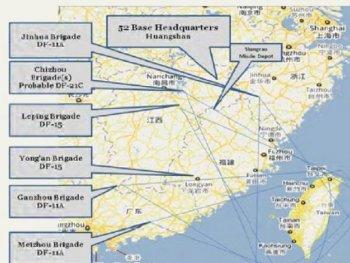

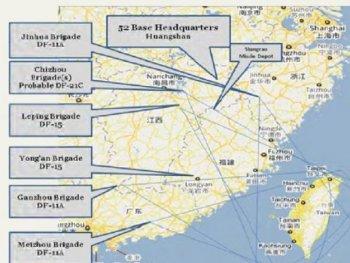
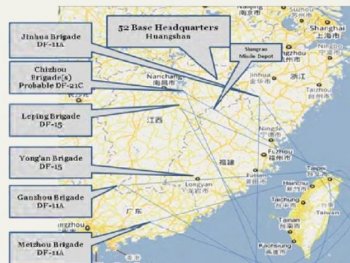


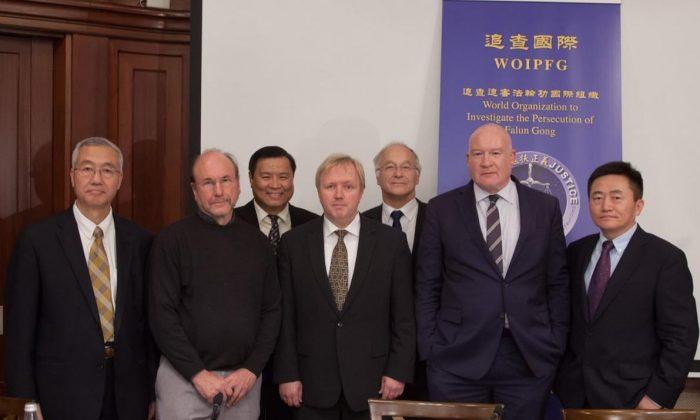
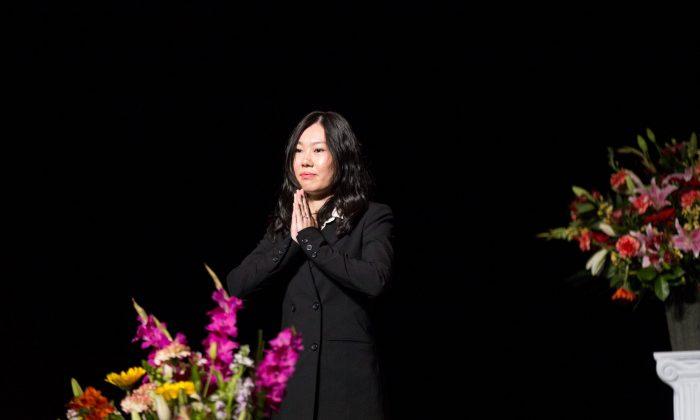
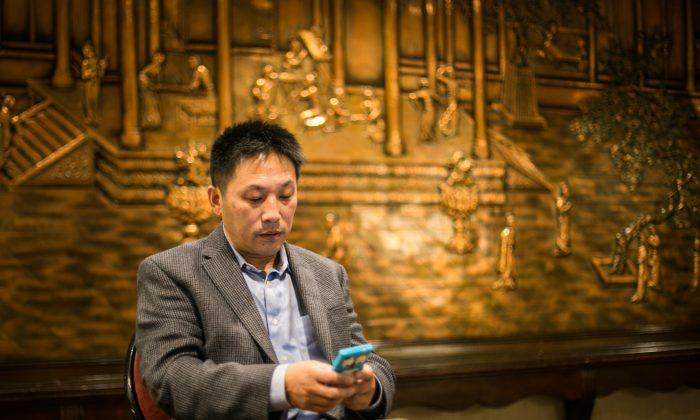

Friends Read Free